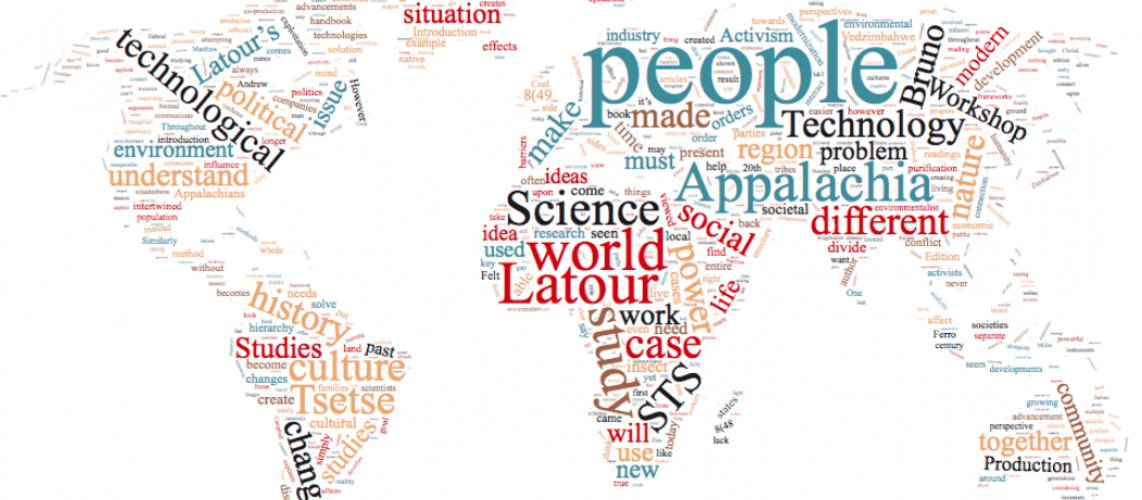(PORMAGEI) Ian Campbell, Miya Judy, Jack Tatirosian, and Kailana Wang
In recent decades, advancements in genetics and biometrics have begun to revolutionize the world around us. These advancements have led to technologies such as 23andMe, a site that will provide individuals with a history of their family genetics and personal genealogy. Other applications include those within forensic sciences, including fingerprinting, techniques of mugshots, and DNA analysis. There are countless other applications of genetics in technology, but despite these apparent benefits, there remain challenges that these genetic technologies imply. One of the main challenges involves race, specifically, using race as a genetic category that could potentially lead to exploitation.
Although the specific technologies have changed, the problems that we are facing are not new problems. As said in The Genealogy of Gene: Patents, HIV/AIDS, and Race, there is a long history with misusing genetic traits associated with a race, “In the eighteenth and nineteenth centuries, race was associated with skull volumes, and in the early twentieth century, people were classified in terms of intelligence quotient score, which also was linked to race in sinister ways” (Jackson 4). This illustrates that humanity has been classifying individuals and groups for centuries. This is still being used today even within modern technology. For example, “two Stanford researchers released a study that dubiously claimed that a machine-learning system predicted, with 74 to 81 percent accuracy, whether a woman or man was gay or straight based solely on photos of their faces”(Ragas) as stated in What’s in a Face ID? People are continuing to be placed into categories that may or may not accurately represent them, and this in turn cause severe social and political repercussions. Not only are physical features being used but now genetics are being used to categorize individuals by race.
This categorization, in many cases, has led to discrimination in our society. The Genetic Information Nondiscrimination Act, passed in May of 2008, worked to end this discrimination. The act aimed to protect individual’s genetic history, results of genetic testing or research, and other information pertaining to individual genetics. The act, in essence, was created in an effort to secure individual genetics and to reduce public ability to discriminate based on that genetic information. Even still, discrimination continues.
One concern involves discriminating against workers based on their genetics and their correlations to race. An African-American woman, for instance, may have a higher risk of infection by a certain disease, based on her genetics, and that information can then be used to deny any workers of color from the job in question. Genetic information is used to discriminate against individuals, it becomes a social weapon to promote racist and sexist ideologies. As asked in The Privacy Delusions of Genetic Testing, “[i]magine a political campaign exposing a rival’s elevated risk of Alzheimer’s. Or an employer refusing to hire someone because autism runs in her family. Imagine a world where people can have their biology held against them.” Genetic information, in either case, is used to classify an individual as incapable, unfit, or “subpar.” If or when genetic information, becomes public, it allows for individuals to take advantage of and wrongfully categorize individuals and groups.
Genetic technology has had numerous impacts on society, good and bad. Genetic technology allows individuals to discover a part of their own identity, but it enables racist and sexist ideas to be promoted. Groups can be discriminated against, individuals can be ostracized, and public genetic information can be used for malicious intent. The technology is improving, but we need to ensure that those technologies remain in check and continue to be used in the ways they were intended to be used. Race is only a cultural idea, it is not a genetic fact. A genetic category based on race, then, is completely arbitrary and bears no significance on genetic research. However, if we were to address the challenges posed by genetics and race, we may be able to gain a better understanding of the human genome and genetic identity.
BIBLIOGRAPHY
Ragas, Jose. “How Will Facial Recognition Tech Change the Future? Look at Its Problematic Past.” Slate Magazine, Slate, 5 Mar. 2018, slate.com/technology/2018/03/with-apples-face-id-its-time-to-look-at-facial-recognition-techs-problematic-past.html.
Jackson, Myles W. The Genealogy of a Gene: Patents, HIV/AIDS, and Race. MIT Press Scholarship Online, 2015.
Flows, Capital. “The Privacy Delusions Of Genetic Testing.” Forbes, Forbes Magazine, 15 Feb. 2017, www.forbes.com/sites/realspin/2017/02/15/the-privacy-delusions-of-genetic-testing/#153fd69f1bba.
